Last year I took over the responsibility for the annual SEAPOP fieldwork on Sklinna from my colleague Svein-Håkon Lorentsen, who worked there for 12 years. Big footsteps to fill. This year it was up to me to run the field season by myself – with Svein-Håkon on standby for questions, thankfully. And questions there were, besides obvious bird- and fieldwork-related questions the most crucial one was probably: “Our water pump suddenly stopped working [this was in our first week of fieldwork]. I’ve checked the power supply, both water tanks are full and the tubes open – it seems it’s broken, or do you have any other ideas on how I could restart it?” – It turned out to be broken, indeed, and we had to install a new one ourselves. Thankfully, The Coastal Administration (Kystverket) managed to organize the replacement pump very fast, so that we did not have to lift buckets out of the cistern for too many days.
The other “fun” bit of the season was a pair of shags that decided to breed right inside our boat in front of the passenger seat, leaving a lot of shit and regurgitates. Even after cleaning and closing off the interior of the boat, the pair did not want to give up for 2 more weeks and kept bringing sticks to start nest-building again. At some stage, there were even two pairs hanging out on the boat. Daily checks on the boat to remove any twigs and shoe off “our boat shags” helped little. Only after heading for a day trip to Rørvik for food shopping and picking up another field assistant did the shags finally realise that their nesting platform was movable, not reliably located in the same spot and therefore not optimal for breeding. I hope their decision to nest elsewhere was in time to still raise young.
But really, I am glad I could be out at Sklinna for the season at all. First there was Corona and the possibility that fieldwork might have to get cancelled altogether. Luckily, the Corona-situation in Norway never went as much out of control as in most other countries, and after weeks of home-office I could even return to the office before heading into the field. And really, what better way of self-isolating can one think of than sitting on an island with only a handful of people. Secondly, The Coastal Administration was planning to exchange the generator that power’s the lighthouse and our living quarters on Sklinna’s generator, and this was to collide in timing with our fieldwork. Thankfully, in the end everything worked out and we could do the work in the same time period as in previous years.
So why all this continuity, handover, and do everything in the same way and at the same time as previously? Sklinna is part of the Norwegian SEAbird POPulation Monitoring programme (www.seapop.no/en), and we measure the same parameters every year, for example the number of breeding pairs of each of the species, timing of hatching of the young, and number of chicks per nest in relation to original nest number to estimate breeding success. To be able to make comparisons over multiple years (or decades), these parameters have to be measured in the same way every year. Long-term comparisons, ideally over multiple decades are essential to interpret the effects of climate change, but also other factors in the environment that drive the ups or downs of seabird populations.
2020 has been a good breeding season for our shags, common guillemots, razorbills and great black-backed gulls on Sklinna, but poor for the puffins and herring gulls. The black-legged kittiwake chicks at Sør-Gjæslingan suffered badly from a period of 3 weeks of very warm temperatures. The kittiwake colony on the roofs of the Rorbuer in Rørvik fared much better, although one of the roofs was visited by three cats, which killed and ate many chicks. The temperatures (> 20 degrees for multiple days; in comparison, last year the thermometer barely climbed above 12 degrees in the whole season) were also challenging for us working with the (heat-stressed) birds – especially when wearing gloves and multiple layers of clothes since these sharp shag-beaks can do some damage, too. The water in the harbour thankfully offered easy refreshment (12 degree water temperatures).
As always, not everything goes as planned during fieldwork, but the vast majority went well. We got all the data on breeding parameters, ringed chicks and adult birds, collected data on diet, deployed and retrieved GLS loggers (containing information about the birds’ winter distribution; see www.seapop.no/en/seatrack/) as well as GPS loggers (for more accurate data on the birds’ locations during the breeding season). The biggest disappointment were our video loggers, which only delivered 4 videos from 14 deployments. At least some of the under-water footage turned out to be really interesting, though. And most important: No accidents, no injuries (except the usual bird bites, scratches and bruises – unavoidable when working with seabirds), and everybody got happy and healthy off the island.
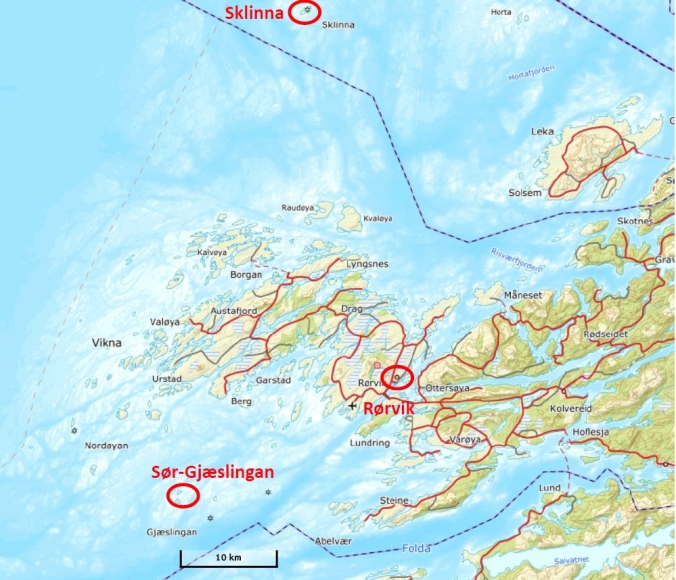
Map showing the location of Sklinna, the coastal town Rørvik and the small fishing village Sør-Gjæslingan. Copyright: Norgeskart.no
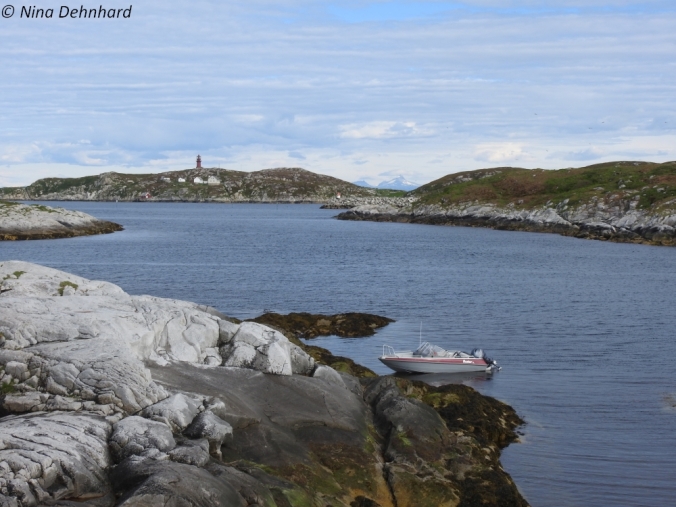
Sklinna – we are living in the Lighthouse Station
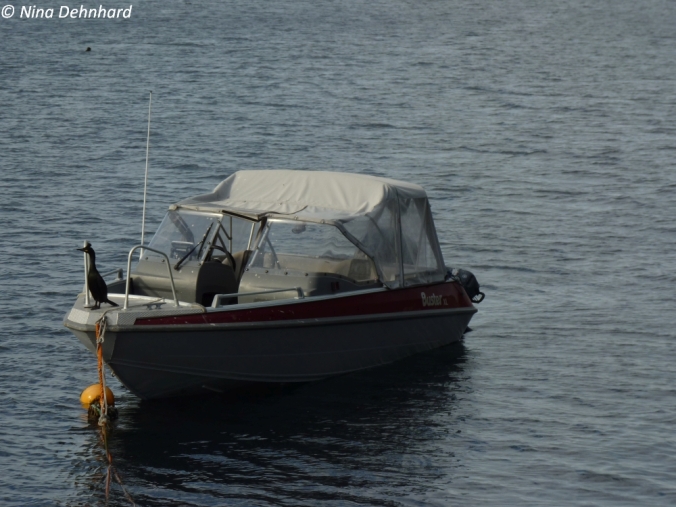
Our boat has been hijacked by a pair of shags
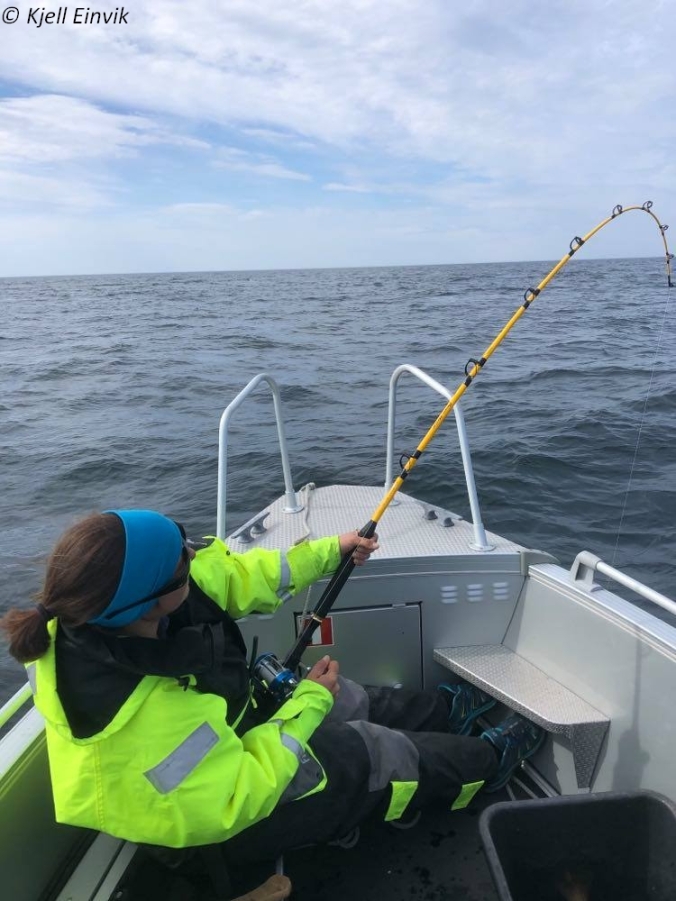
Securing dinner. The cod on the other end of the line was feeding us for two nights
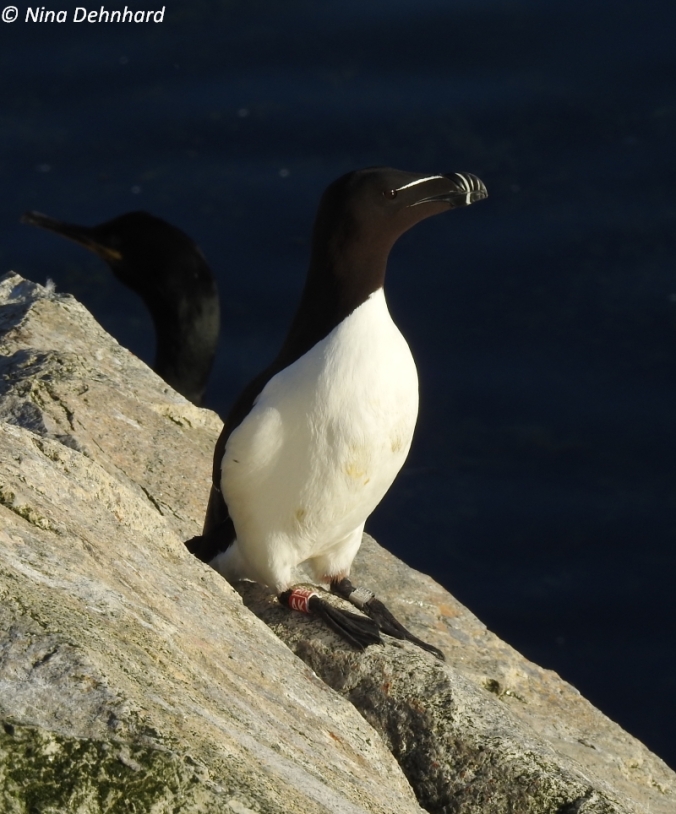
We started colour-ringing razorbills this year to study their annual survival
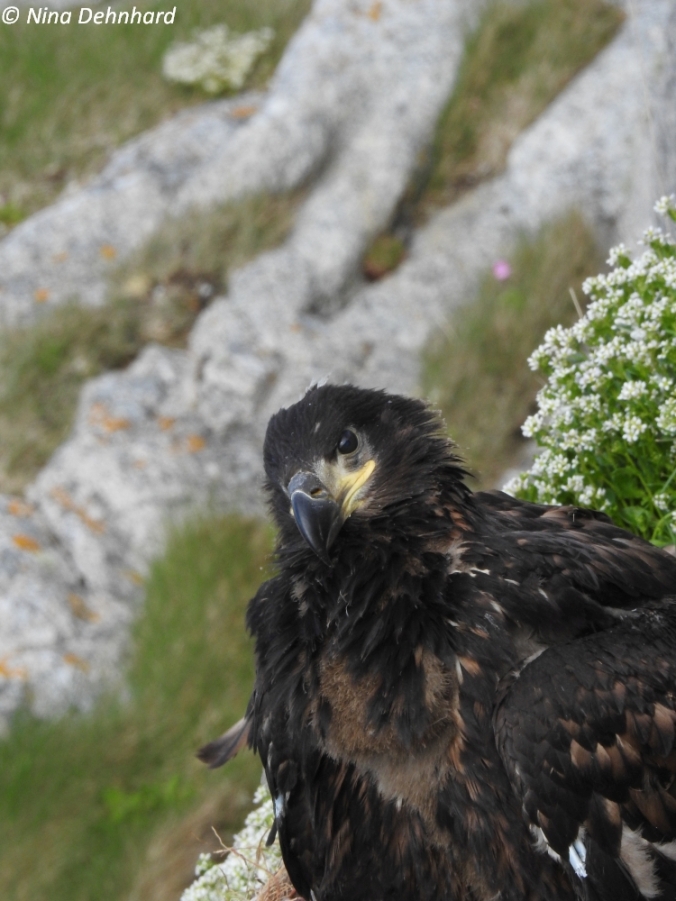
Sea-eagle chick on its nest
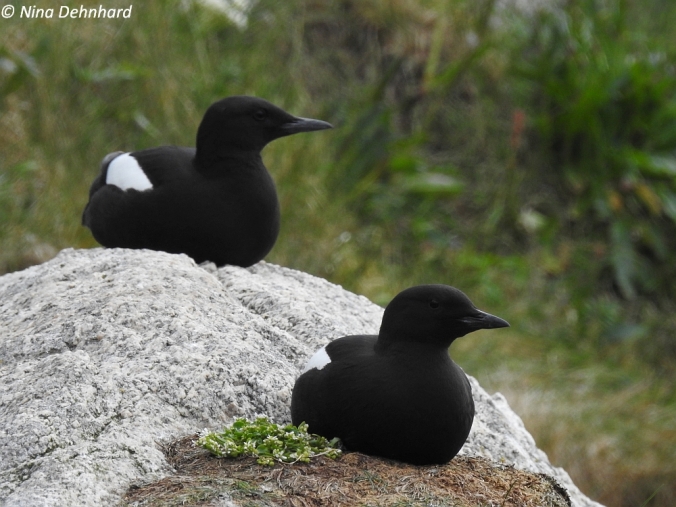
Black guillemots
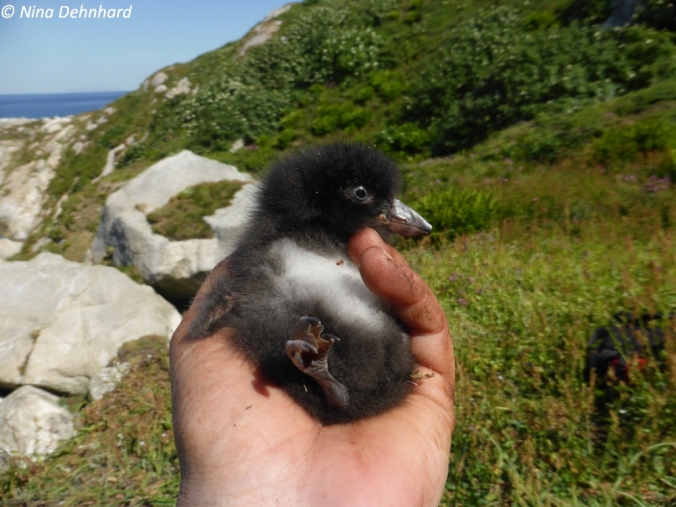
We hope this little puffin survives – puffin parents were struggling to find enough food for their chicks…
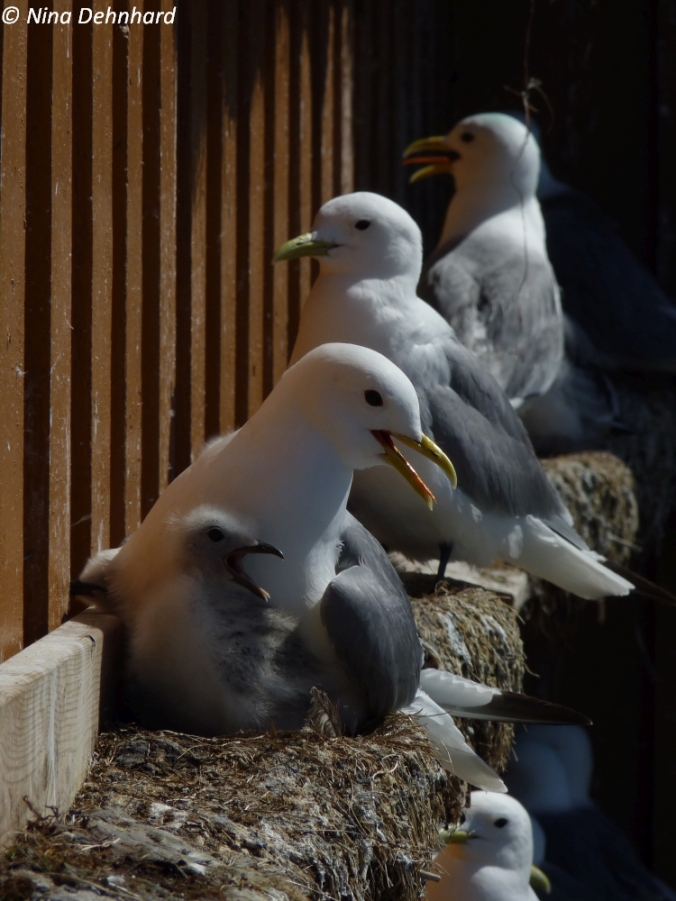
Black-legged kittiwakes in Sør-Gjæslingan, panting in the heat
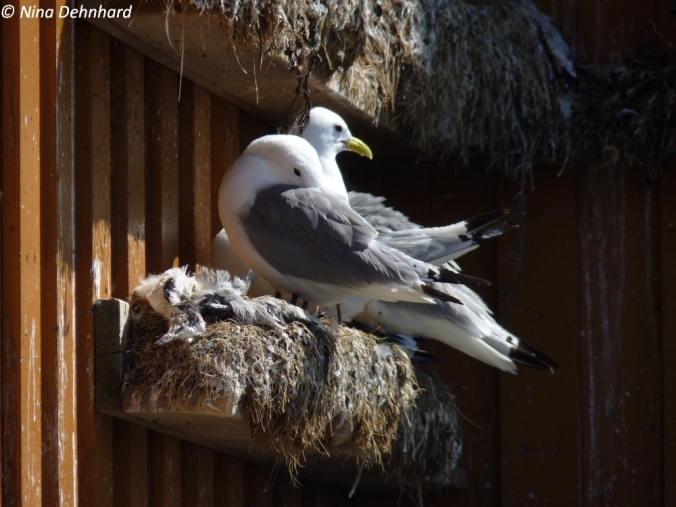
This kittiwake chick did not survive and its parent won’t raise any other chick this season
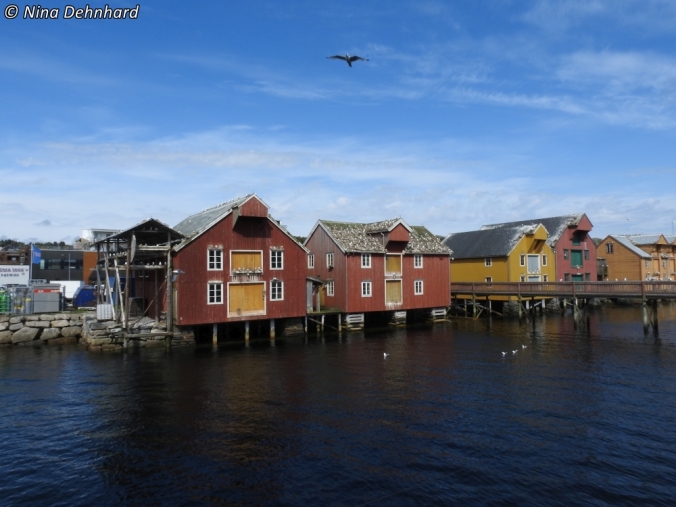
Traditional “Rorbuer” in Rørvik with black-legged kittiwakes nesting on the roofs
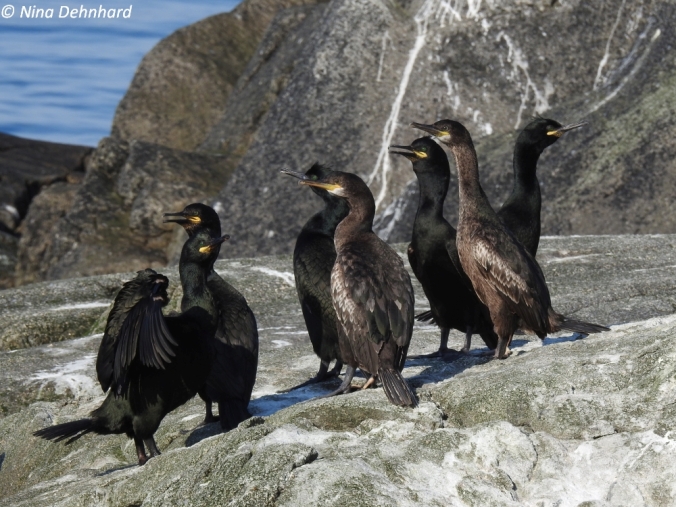
European Shags on Sklinna
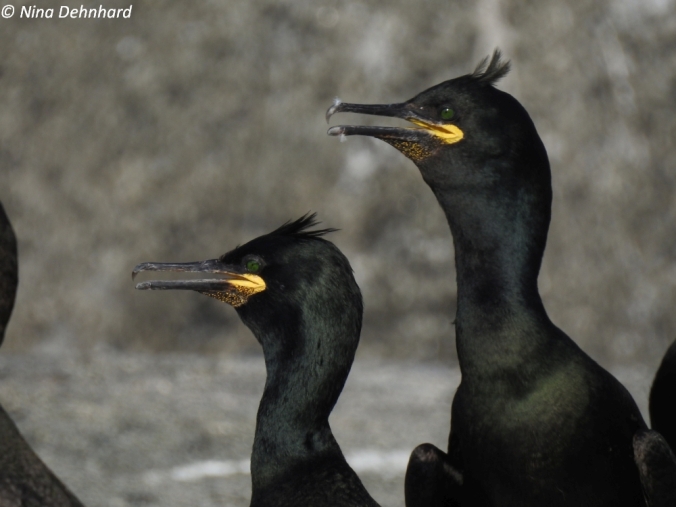
Panting shags – they, too, were too hot
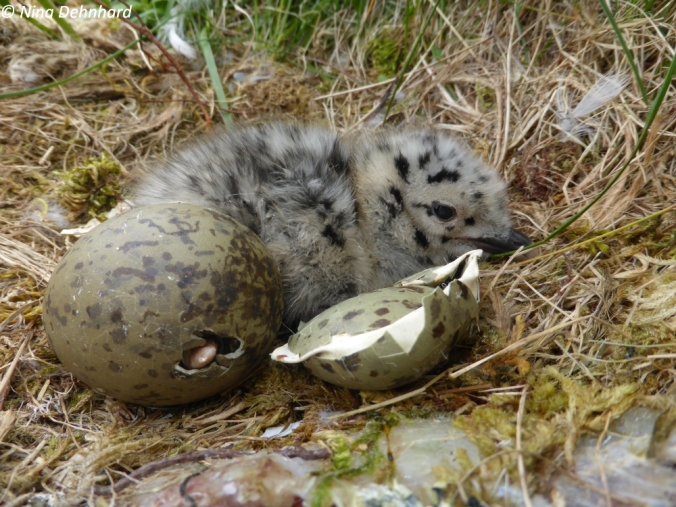
Herring gull chick – the sibling is about to hatch
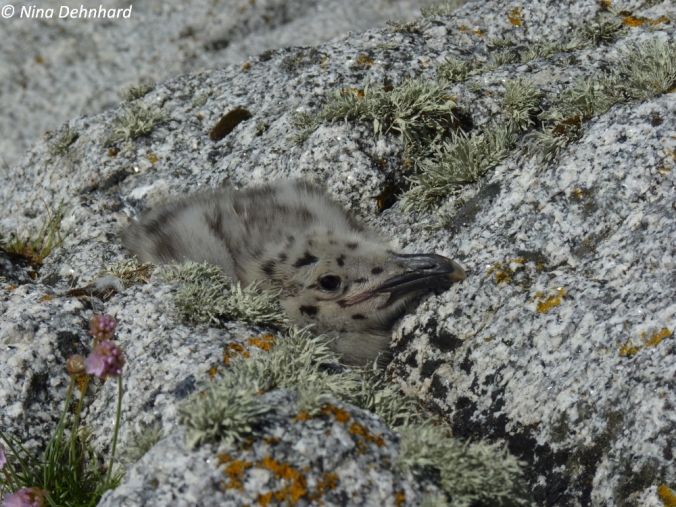
Great black-backed gull chick, perfectly camouflaged on the rocks
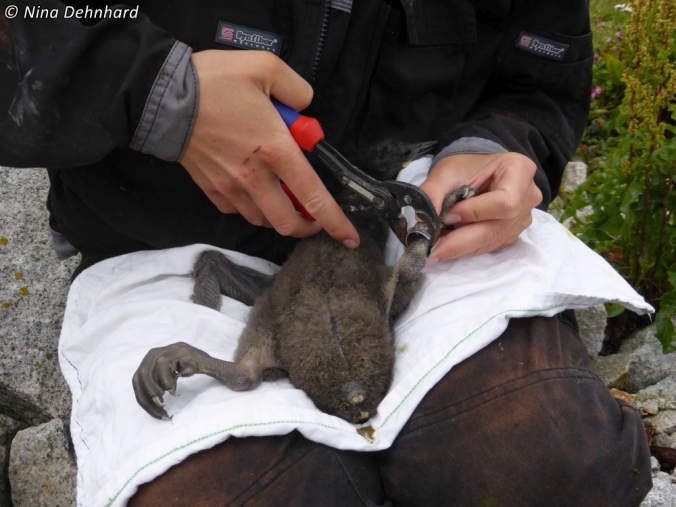
Shag chick being ringed
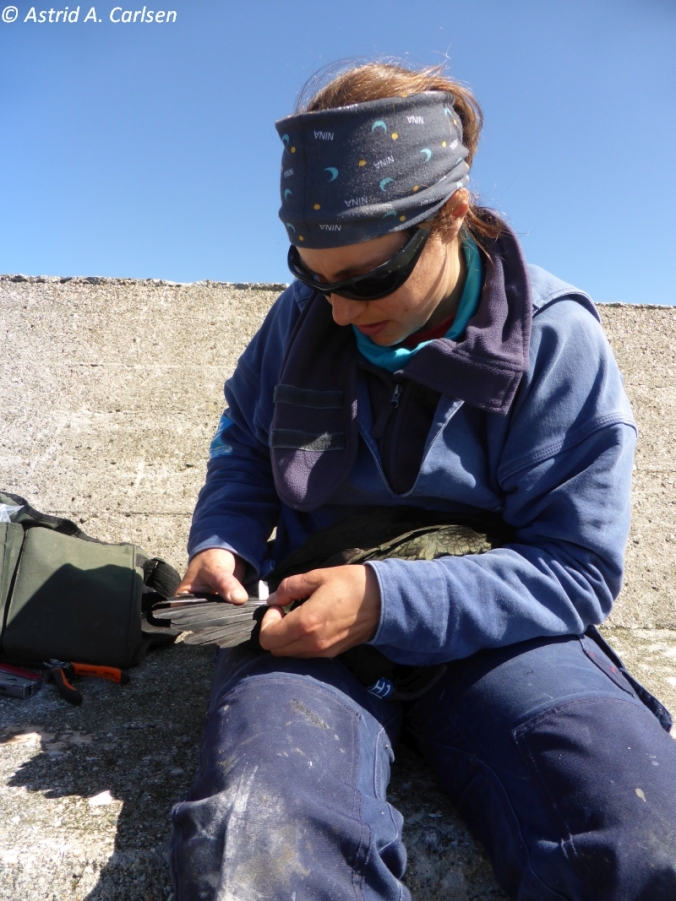
Attaching a GPS logger on the tail of a shag
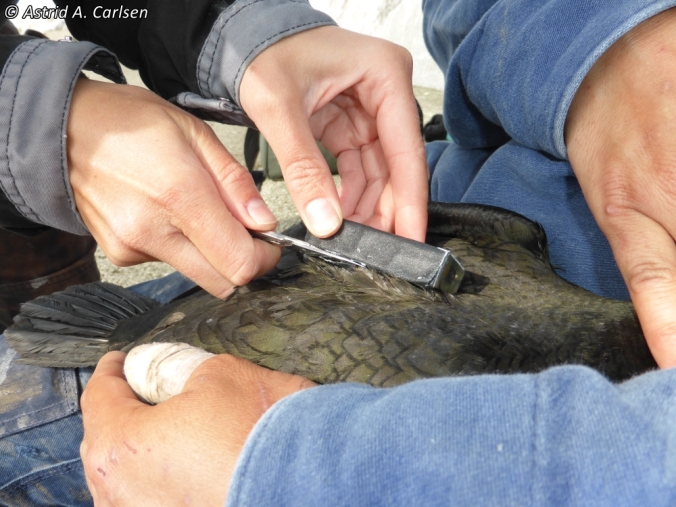
Removing a video-logger from the back of a shag
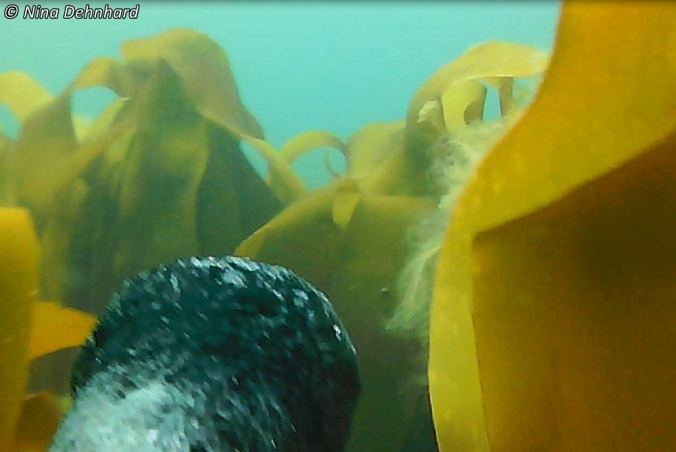
Underwater footage of a video-logger. The shag (head visible) is swimming just above the kelp forest…
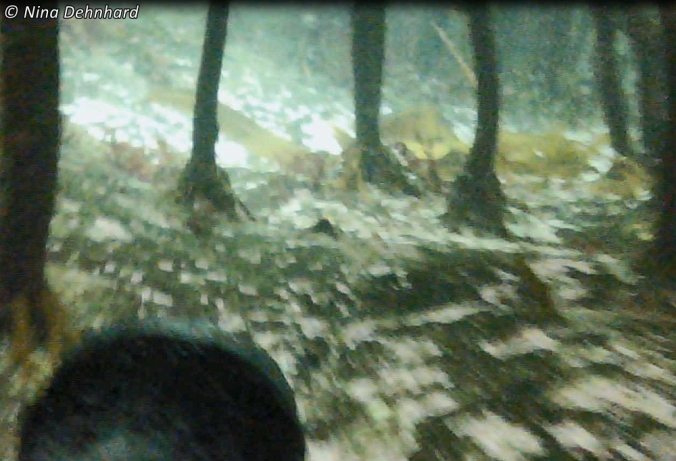
…few seconds later, the bird is diving over the ground, looking for fish among the stems of the kelp
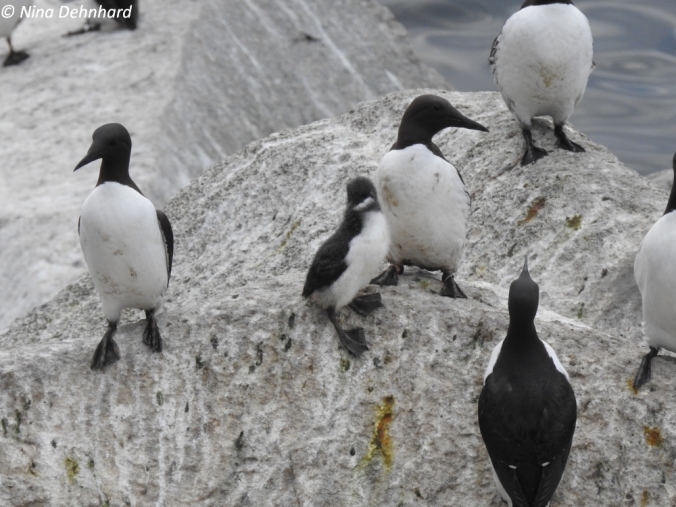
Common guillemot chick with its father, who is also known as red SC, one of the birds we monitor to assess annual survival
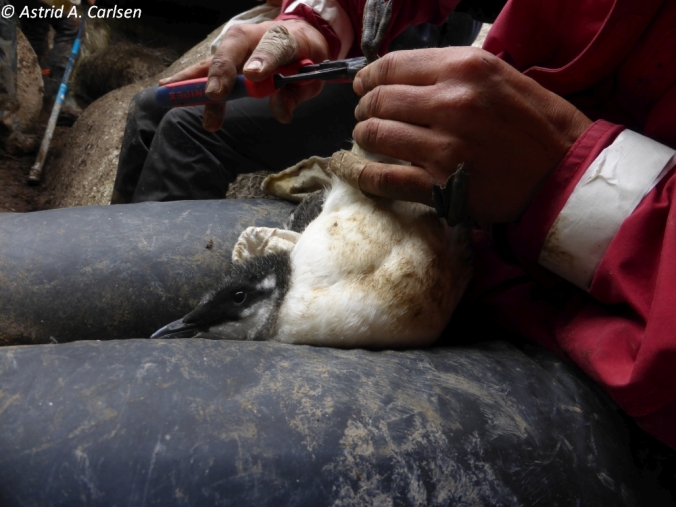
Ringing a common guillemot chick – this helps us to monitor survival and dispersal of young birds, and hopefully this little fellow will start breeding in 3-4 years on Sklinna and we find him/her back
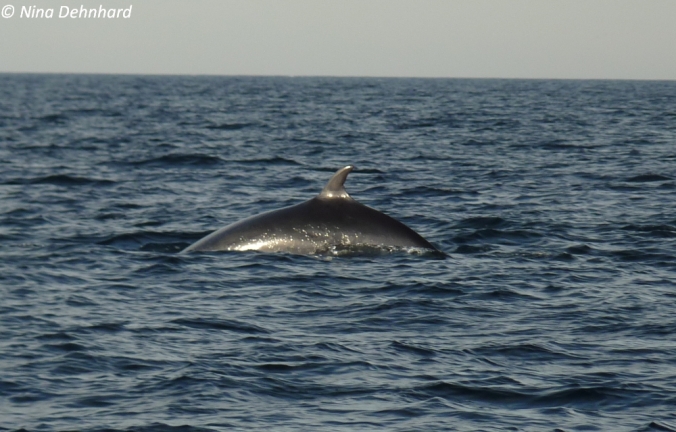
Minke whale – a surprise visitor on a fishing trip
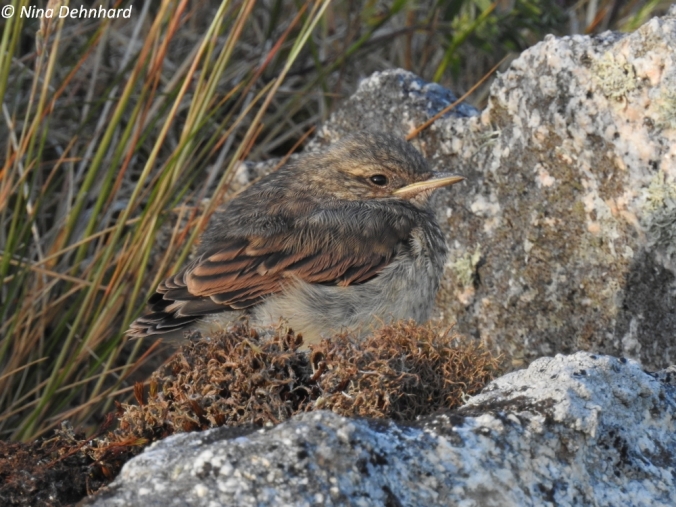
There are not only seabirds on Sklinna. This young wheatear was one of our direct neighbours and hopped around right next to our living room.
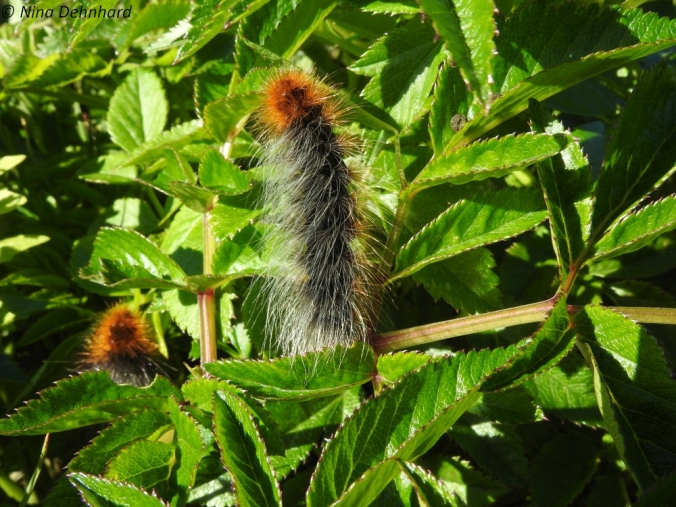
Caterpillars of the Garden tiger moth – Arctia caja